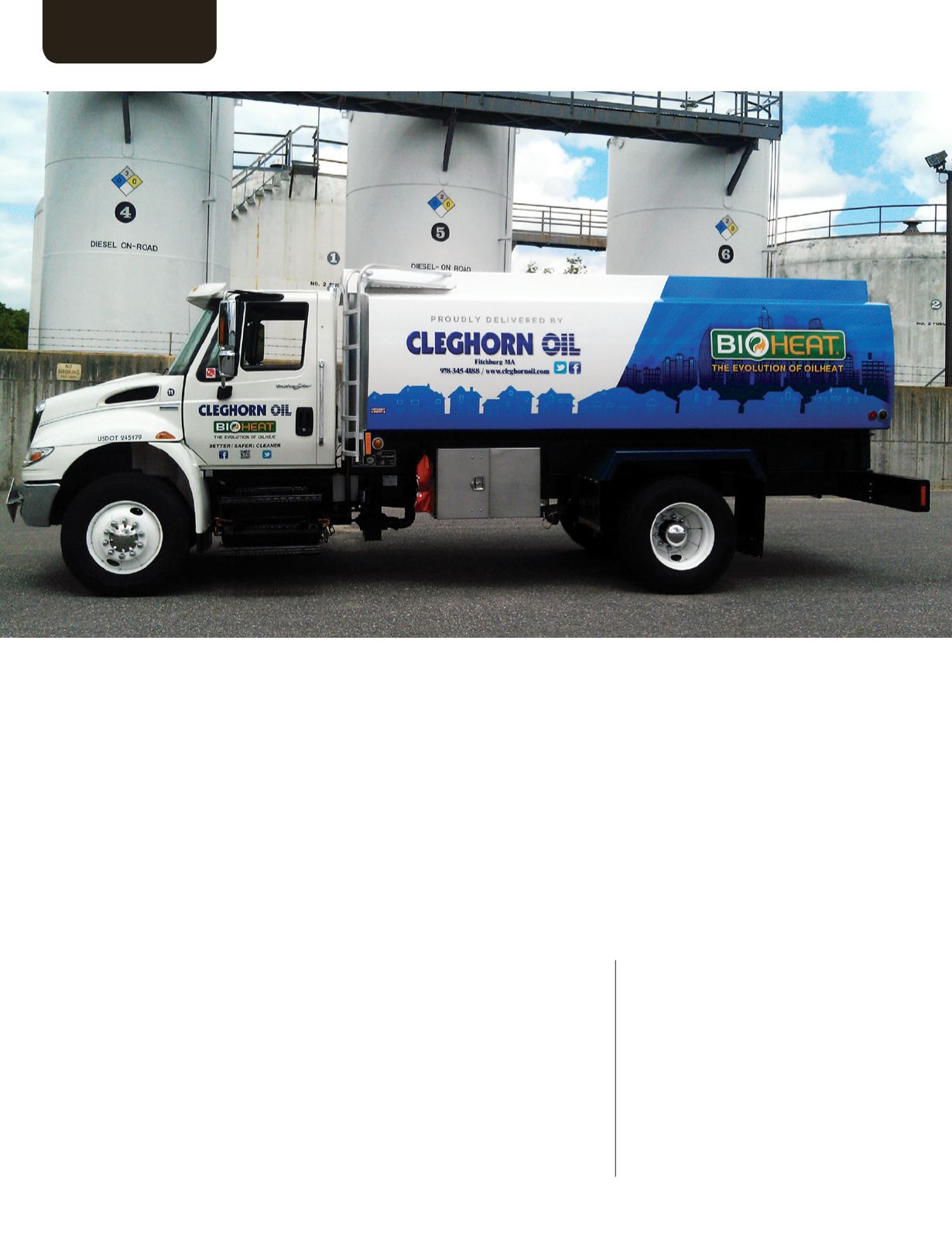
FUELS & LUBES INTERNATIONAL
Quarter Two 2015
34
THERELEASEOFTHENEWSPECIFICATION
could be just the start. On the horizon is the
looming challenge of significant reductions
in the carbon footprint of heating oil. For
instance, in the northeast United States
there are policy goals to reduce the carbon
footprint of heating buildings by 80% by 2050,
according to Steve Howell, chairman of the
ASTM Biodiesel Task Force. That target can
be achieved with biodiesel, he said.
“In the heating oil area, we’re really
looking to go all the way to B100. At that
point, you will have an 80% carbon reduction,”
WHAT COMES AFTER TWO AND BEFORE FOUR? THE ANSWER IS
B6 TO B20, ACCORDING TO A JUST-RELEASED UPDATE TO ASTM
INTERNATIONAL’S D396 STANDARD SPECIFICATION FOR FUEL
OILS. FOR THOSE SELLING DIESEL FUEL FOR HEATING, HAVING A
SPECIFICATION FOR BLENDS OF 6% TO 20% BIODIESEL, OR B6 TO
B20, COULD BE GOOD NEWS. IMPORTANTLY, THESE BIODIESEL
BLENDS ARE ON PAR IN TERMS OF CARBON FOOTPRINT WITH
NATURAL GAS, A CHIEF COMPETITOR.
By Hank Hogan
HEATING FUEL
JUST GOT
HOTTER
BIODIESEL
F E A T U R E


